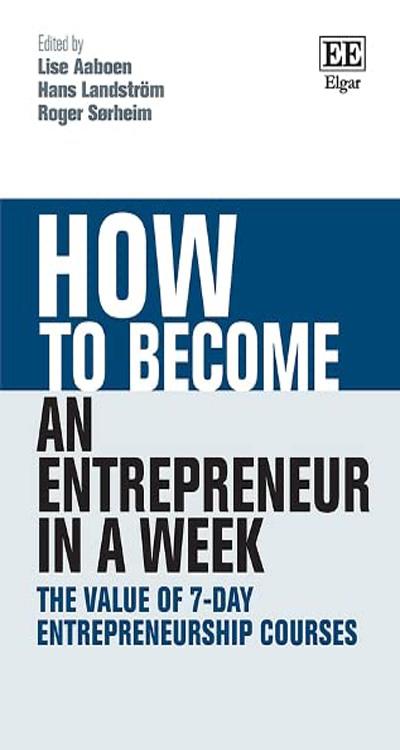Essential Skills for Export Marketing Success
Essential Skills for Export Marketing Success Md. Joynal Abdin Founder & CEO, Trade & Investment Bangladesh (T&IB) Executive Director, Online Training Academy (OTA) Secretary General, Brazil Bangladesh Chamber of Commerce & Industry (BBCCI) In today’s globally integrated economy,…
Read More





 by
by